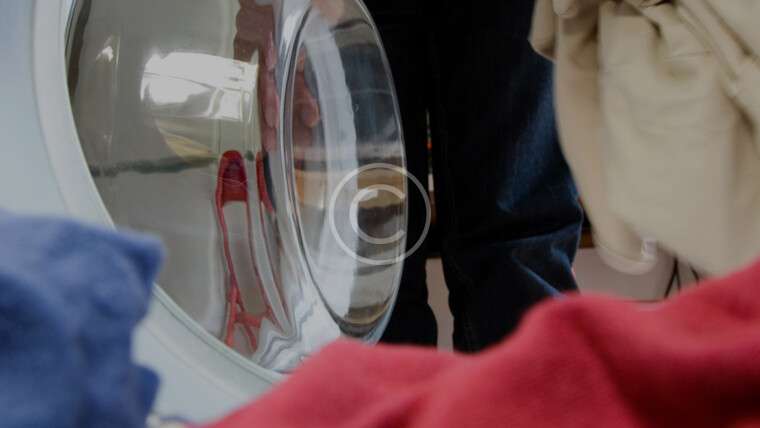Mental Health Treatment
Analyze and apply critical thinking skills in the psychopathology of mental health patients and provide treatment and health promotion while applying evidence-based research.
Analyzing and applying critical thinking skills in the psychopathology of mental health patients requires a comprehensive approach that integrates understanding of mental disorders, evidence-based research, and individualized treatment strategies. Here’s how to approach this:
Critical Thinking in Psychopathology
- Assessment and Diagnosis:
- Holistic Evaluation: Consider the patient’s history, symptoms, and context (biological, psychological, social factors).
- Differential Diagnosis: Use critical thinking to distinguish between disorders with similar presentations.
- Use of Tools: Employ standardized diagnostic tools and criteria (e.g., DSM-5, ICD-11).
- Case Formulation:
- Integration of Information: Synthesize data from various sources (interviews, medical records, family reports) to form a coherent picture.
- Hypothesis Generation: Develop hypotheses about the underlying mechanisms of the patient’s condition.
- Continuous Reevaluation: Regularly update the case formulation…
Analyzing and applying critical thinking skills in the psychopathology of mental health patients requires a comprehensive approach that integrates understanding of mental disorders, evidence-based research, and individualized treatment strategies. Here’s how to approach this:
Critical Thinking in Psychopathology
- Assessment and Diagnosis:
- Holistic Evaluation: Consider the patient’s history, symptoms, and context (biological, psychological, social factors).
- Differential Diagnosis: Use critical thinking to distinguish between disorders with similar presentations.
- Use of Tools: Employ standardized diagnostic tools and criteria (e.g., DSM-5, ICD-11).
- Case Formulation:
- Integration of Information: Synthesize data from various sources (interviews, medical records, family reports) to form a coherent picture.
- Hypothesis Generation: Develop hypotheses about the underlying mechanisms of the patient’s condition.
- Continuous Reevaluation: Regularly update the case formulation…
Analyzing and applying critical thinking skills in the psychopathology of mental health patients requires a comprehensive approach that integrates understanding of mental disorders, evidence-based research, and individualized treatment strategies. Here’s how to approach this: (Mental Health Treatment)
Critical Thinking in Psychopathology
- Assessment and Diagnosis:
- Holistic Evaluation: Consider the patient’s history, symptoms, and context (biological, psychological, social factors).
- Differential Diagnosis: Use critical thinking to distinguish between disorders with similar presentations.
- Use of Tools: Employ standardized diagnostic tools and criteria (e.g., DSM-5, ICD-11).
- Case Formulation:
- Integration of Information: Synthesize data from various sources (interviews, medical records, family reports) to form a coherent picture.
- Hypothesis Generation: Develop hypotheses about the underlying mechanisms of the patient’s condition.
- Continuous Reevaluation: Regularly update the case formulation…



